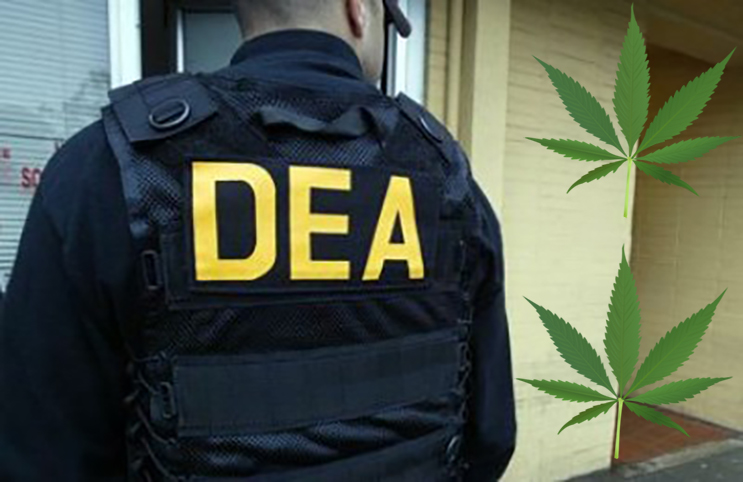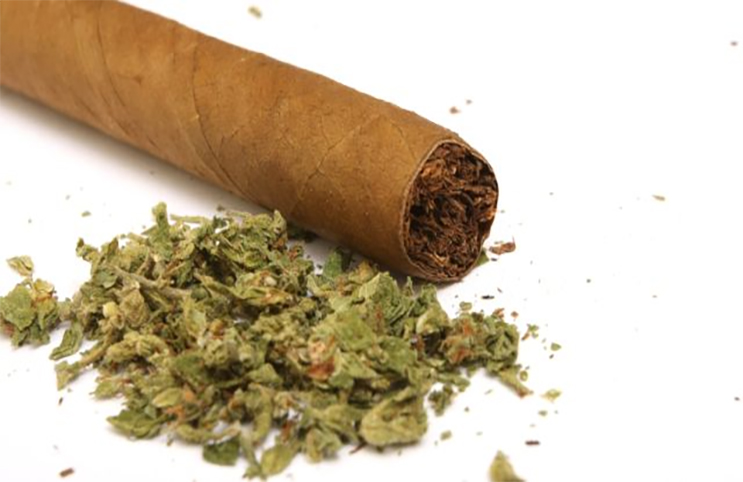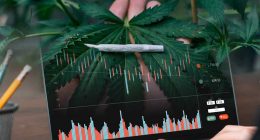Many more people are predicting that the United States Drug Enforcement Administration (DEA) will look over its “Schedule I” classification of cannabis which is equal to heroin among the world’s most dangerous drugs in the summertime. There are not many Americans who know of or can decipher how the DEA ranks its drugs, and a look at marijuana’s history as a Schedule I drug indicates that the label is extremely contentious.
Attorney General John Mitchell of the Nixon administration decided to add cannabis to this classification in 1972 as a result of the scheduling of all drugs under the 1970 Controlled Substances Act. Schedule I drugs are those that have no medical benefit and can easily be abused. Marijuana has been in this category ever since.
“As of today, marijuana has never been determined to be medicine,” Russ Baer, staff coordinator in the Office of Congressional and Public Affairs at the DEA, states. “There’s no safe, effective medical use, and a high abuse potential, and it can’t be used in medical settings.”
This classification has been protected by a process that is now unaffected by the opinion of most doctors in the United States, as well as medical research, many researchers state.
“Of course, cannabis has medical uses,” San Francisco integrative oncologist Donald Abrams, from the University of California, says. Abrams is one of the only researchers who have been able to get very limited, government-approved supplies of marijuana to test on humans. “It’s pretty clear from the anthropological and archeological evidence that cannabis has been used as a medicine for thousands of years—and it was a medicine in the U.S. until 1942,” Abrams adds. “I’m an oncologist, and I say all the time, not a day goes by when I’m not recommending cannabis to patients for nausea, loss of appetite, pains, insomnia and depression—it works.”
MAPH Enterprises, LLC | (305) 414-0128 | 1501 Venera Ave, Coral Gables, FL 33146 | new@marijuanastocks.com










